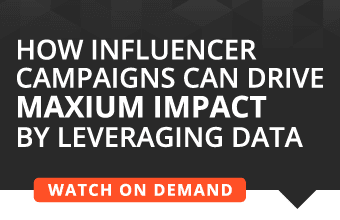The notion of give-and-take is a key element of any successful professional relationship, and the relationship between PR professionals and journalists is no different. If you want to help your own PR efforts, start by helping journalists do their job.
From how the PR pro approaches the journalist, into the first forays of providing newsworthy content and it being reciprocated with great coverage, and indeed through every step of building the relationship, there needs to be a respect and a willingness to truly work together. When this happens, you reach that most beautiful peak: the symbiotic relationship, where everyone wins.
But how do we get there? How, in this age of instant communication and ‘single serve’ relationships, can we build that sort of respect and trust again?
Four ways you can help yourself by helping journalists:
1. Be human
In the beginning, there were face-to-face interactions, and it was good. Now, we do everything electronically, and it has cast a coldness over all of our conversations. We need to warm these up. Genuine human interaction, although professionally motivated, is where we need to return to. Writing that first email to introduce ourselves, or our clients, can be clinical or it can be human. I suggest going with the latter.
2. Listen to their needs
Once there is a connection and a shared understanding of both a) what you’re looking to achieve and b) what the journalist prefers writing about, it’s time to discuss their needs. Finding out their calendar, requirements, and any related projects that you can assist with is a great start.
3. Make it easy for them
Finally, it’s time to create the material to share with them. This is, again, where you can put them and the relationship first. Yes, you’re writing a solid release to promote an event, product, service, etc., however you’re also putting together a package for them to use for their own purposes. Is your newsworthy release a fit for their calendar and style? Is it written well enough that they can pluck directly from it? Excellent, they can use it. Does it have sources or studies cited? Perfect. Does it have all the charts and/or pictures required? Then you’ve done your job.
4. Request feedback
Once they have had a chance to review the release, reach out to them for a follow-up. Ask for feedback on what you provided them, and see if there is anything missing that would tie their article together. This is perhaps the most important step, because you’re showing them that their success and the relationship is more important than simply pushing your own agenda.
By helping journalists, you establish symbiotic relationships with key influencers. They can become your go-to for all future releases and updates, and you become a trusted source for that journalist’s future pieces. When we begin to understand how to use the technology of today amid the constantly evolving and ever more competitive landscape, and pair it with tried and true techniques from our past, we’ll have finally achieved the types of PR-journalist relationships where we all win.
Bottom line is that PR pros need to start helping journalists do their jobs, because when they do, both parties benefit. The PR-journalist relationship can not begin and end with, “I’m giving you a topic, now give me the coverage.” That kind of approach will get you, and your clients, nowhere.








